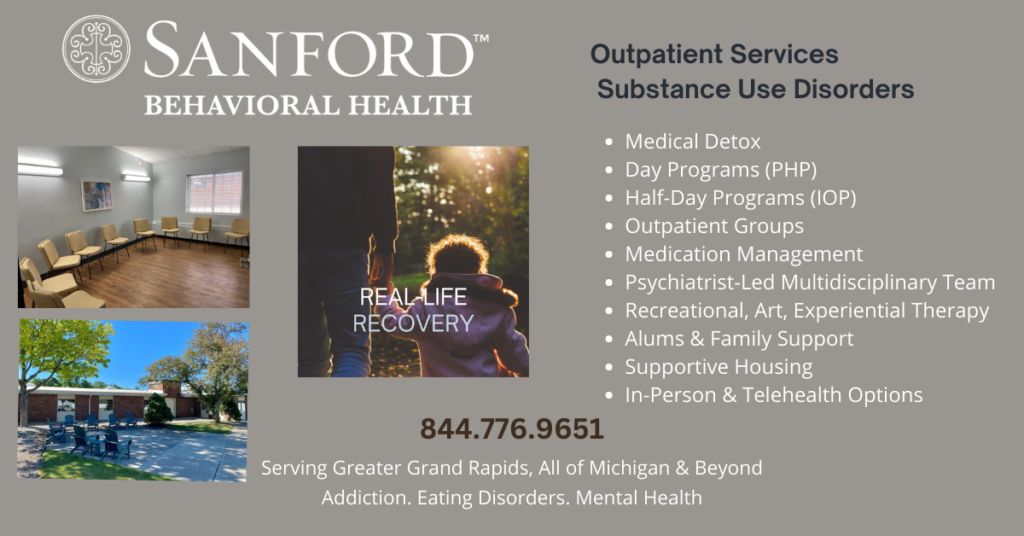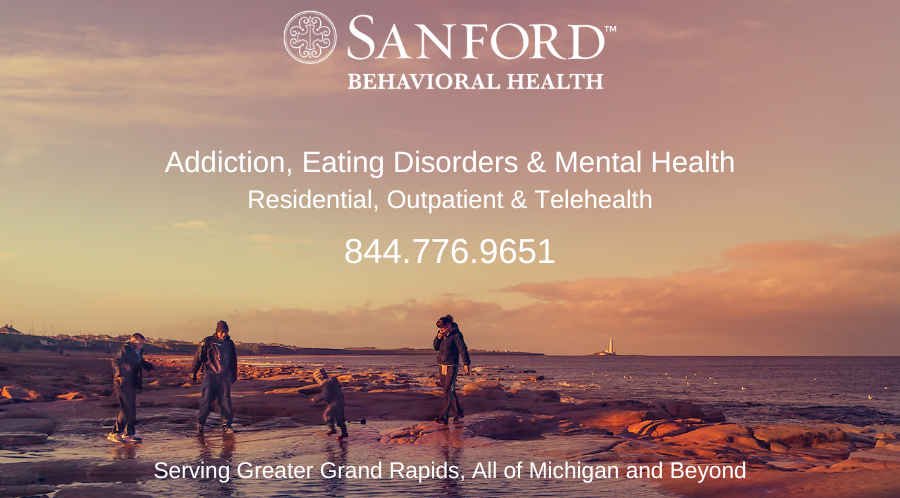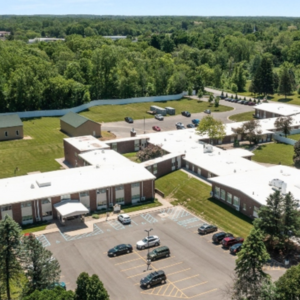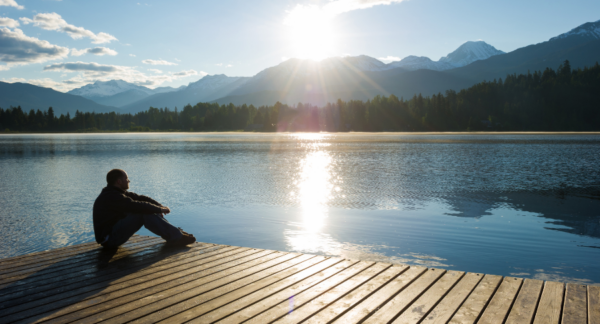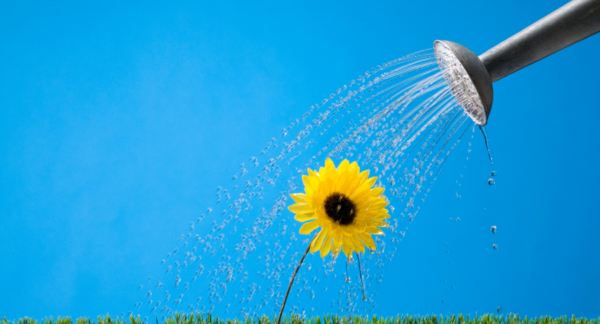Excursions in Rehab – 12-Step, Alum, GLAD & Outdoor Group Meetings
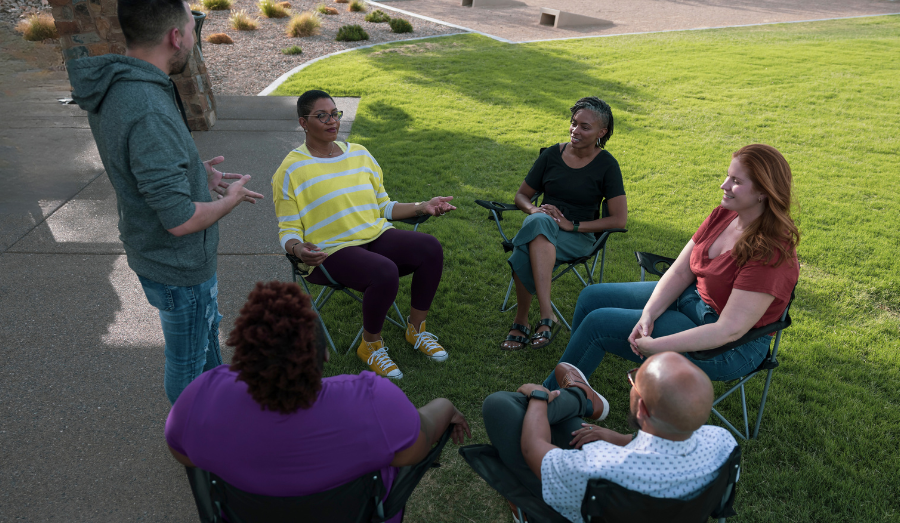
Excursions in rehab provide an opportunity to experience 12-step meetings that may enhance long-term recovery.
Since 2016, Sanford Behavioral Health has prioritized excursions into the community as a vital part of addiction treatment and recovery. Today, at Sanford West Behavioral Health Campus, recreational therapy, art therapy, and recovery outings provide residents with an opportunity to participate in real-life scenarios in the safety of treatment. Coupled with other evidence-based practices, excursions create a well-rounded experience in rehab. Long-dormant social interaction, learning, and fun are rekindled. Excursions also provide an opportunity to experience 12-step meetings that may enhance long-term recovery.
Excursions in Rehab – Addiction Treatment
Today, we sat down with Garrett Dunn, CADC, Sanford Behavioral Health’s Substance Use Disorder (SUD) program manager, to discuss Sanford’s dynamic excursions program.
SBH – How would you describe “excursions” at Sanford?
Garrett – First, outings are usually gender-specific, so some activities happen on different days. Other than the in-house alum meetings, our residents go to some form of 12-step or recovery meeting in the community every night. Alum meetings are on Tuesdays and Wednesdays for women and men, respectively. The alum meetings combine current clients with previous clients who are in recovery. It is a great opportunity to share what works and what is difficult in real life. Alums also provide role models for those in early recovery. Our alum meetings are a combination of virtual and in-person, so those who live outside the Grand Rapids area can attend.
We go off-property to AA meetings, NA meetings, Buddhist temple meetings, SMART Recovery, etc. We give the residents exposure to as many different avenues as possible. Sometimes, if one or more residents are graduating and stepping down to outpatient therapy, they may want to have a more intimate, in-house 12-step meeting as a quiet send-off, and we accommodate them. All of our outside activities are designed for inclusion and individualization.
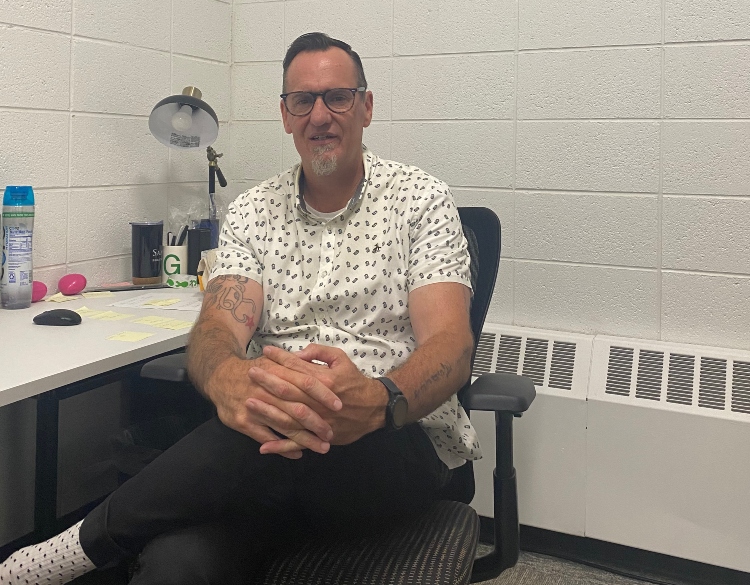
SUD program manager Garrett Dunn, CADC, in his office at Sanford West Behavioral Health Campus
SBH – Please talk more about the alum meetings.
Garrett – Sanford has been conducting alum meetings since the beginning of 2016. They started with a Sanford staff member as a facilitator, but eventually, we passed the baton to an alum to facilitate with a Sanford staff member observing and keeping things on track. We send out a weekly e-mail with a link to newly completed clients so they can attend virtually. During COVID, we went from in-person to virtual, and that continues even when we have in-person meetings, which is nice for those who don’t live close enough to commute.
In the meetings, there is an introduction for those who are new. They go around the group and have each person introduce themselves briefly, and then someone proposes a topic. An alum may bring up a specific topic that has been weighing on their mind. If nobody has a topic to propose, they may use a Daily Reflections reading theme of the day (from AA Big Book). Everybody has a chance to participate.
SBH – How have excursions to 12-step meetings in the community changed over the years?
Garrett –12-step meetings have changed with the times. A perfect example is medication-assisted treatment (MAT). In the old days, there was a sense of stigma associated with those receiving MAT for alcohol or opioid addiction. Now, at our local Alano Club, there is a meeting designed for those on MAT. We like to introduce our clients to the full range of community and 12-step opportunities. They can talk about their experience and process how it made them feel at the nightly G.L.A.D. meetings.
G.L.A.D. is an acronym for our evening reflection technique ( gratitude, learned, accomplishment, delight). When we get home from the evening excursion, the last activity is to gather everyone together and have reflection and closure for that day. It is an opportunity to support each other in their goals and plan for the next day. They talk about what they are grateful for. They also have a chance to learn every day and emphasize what they learned. Each client is encouraged to develop goals for themselves daily or weekly. It might be something small, like cutting back on coffee, and they reflect on that. Lastly, an observation they made or something they did that gave them a particular, boost of confidence or joy.
SBH – It sounds like you nurture peer support and community.
Garrett – Yes. We nurture a peer support community to make people feel welcome and to deal with grievances. Monday morning is “cares and concerns,” which is an opportunity for clients to talk about things they would like to change or discuss. For example, it’s too cold or hot in the facility, they would like to go to a certain kind of meeting, etc. It gives our clients a voice, and makes them feel like they have an investment in what they’re doing
SBH – What is the programming schedule for residential treatment or day treatment for those who are staying in supportive living? How does that impact the excursions program?
Garrett – Programming is from 9:00 am to 3:00 pm. We do rotations to keep things fresh. We can accommodate exercisers in the Sanford Health Club Gym daily. Sanford West Behavioral Health Campus is located on 18 acres with outdoor walking options, a basketball hoop, and plenty of Adirondack chairs for those who want to get fresh air, read, or write in journals. Outdoor activities are guided by residential support staff. Our residential support staff and therapists like to use outdoor activities to make treatment more fun, healthy and varied. Therapists may conduct groups outside when the weather permits.
SBH – Let’s end on a positive note. From your perspective, what is beneficial and important about the Sanford Excursions Program?
Garrett – It’s a process. This is the process of getting well, which includes a lot of different things. Part of it is learning how to live sober because we’ve removed the crutch, the thing that we thought was helping us. So it’s vital to be able to slowly get a taste of what it’s going to be like in the community while still having some accountability in the support of peers and Sanford staff.
It’s a part of the transition phase. The slower you take it, the quicker you’re going to get to where you want to be, which for most people is feeling comfortable in their skin and feeling a sense of freedom. For so many of our clients, at the peak of their disease, their worlds shrink and become so small. Maybe they don’t go to the store; perhaps they don’t go anywhere other than to get alcohol or drugs and come home. So they need to learn how to have fun. It’s important to know we can enjoy life even more sober than we ever did under the influence. So, let’s start doing it. Let’s start seeing what safe social interaction and fun feel like, The more exposure, the better!
SBH – Thanks Garrett!
If you or a loved one is struggling with addiction, eating disorders, or co-occurring mental health conditions, don’t wait to change your life – click the link below to speak with an admissions specialist about our programs. Ask about our new virtual programs!
